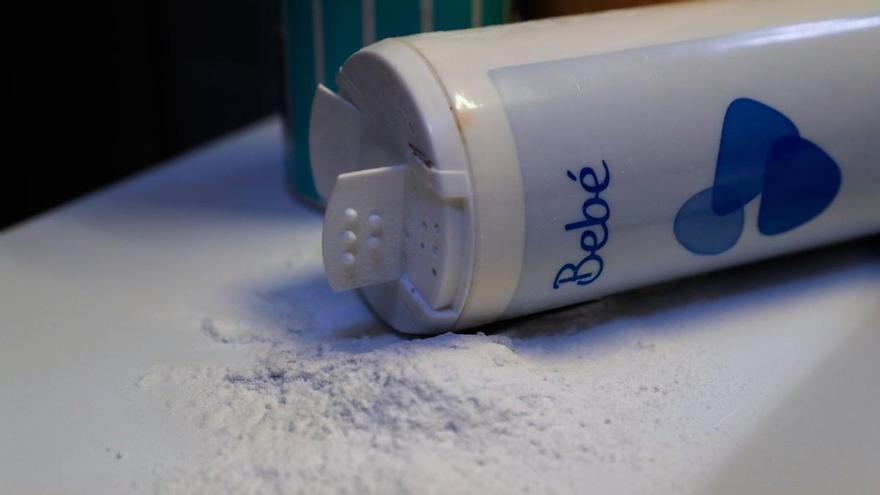The WHO classifies talc as a “probably carcinogenic” substance, placing it in the same category as red meat.

A group of experts from the World Health Organization (WHO) and the International Agency for Research on Cancer (IARC) has completed its assessment of the carcinogenicity of talc and, after an exhaustive analysis, has listed the substance as “probably carcinogenic” to humans. The verdict, published this Friday, places the famous talc in the same category as red meat (known as Group 2A), “the second highest level of certainty that a substance can cause cancer.” “We have limited evidence that These substances can cause cancer in humans.especially in case of ovarian cancerThere is also laboratory evidence that it can cause carcinogenic processes in cell models and in experiments on laboratory animals,” the report concludes.
Talc is a derivative of a natural mineral that is mined in large areas of the planet. The vast majority of the population usually comes into contact with this substance through use of cosmetics and body powdersAccording to the analysis, there is “numerous evidence” pointing to “a consistent increase in the incidence of ovarian cancer in humans who use talc in the perineal area,” although, as experts note, it is not entirely clear whether this phenomenon is explained by the simple use of these substances or by a combination with others, such as asbestos. In animal studies, especially in laboratory mice, talc use has been associated with an increase in malignant tumors in both females and males.
“This does not mean that someone has ever used talc or even that because they use it with some regularity they will develop cancer.”
The UN agency’s verdict is a warning signal to the general population. “It does not mean that anyone has ever used talc or even that, because they use it with some regularity, they will develop cancer, because The risk of developing cancer will depend on the dose of exposure. time and form of contact with talc,” he clarifies. Alejandro Perez Fidalgoa doctor in the oncology service of the Clinical Hospital of Valencia, in a statement to the portal Science Media Center Spain. “Even so, according to this new classification, it would be appropriate Avoid using talc on your genitals as much as possible. “especially in women,” the specialist adds regarding the WHO verdict.
